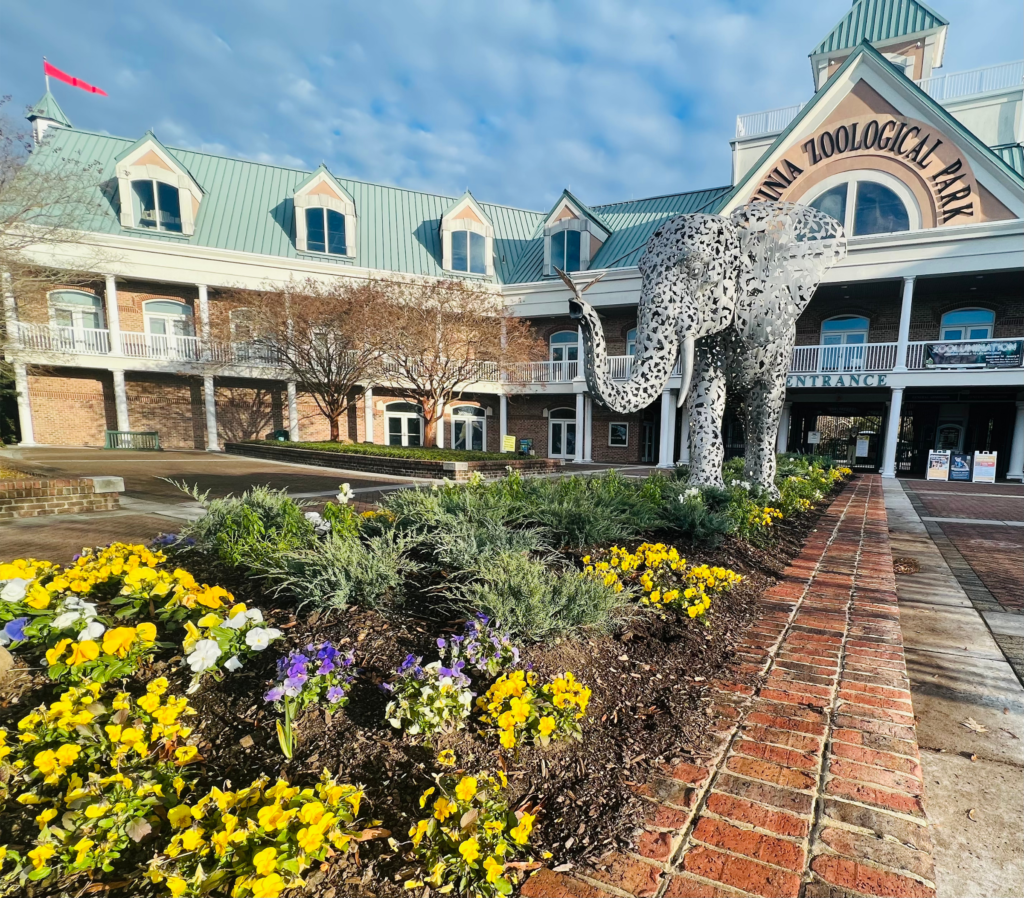Hiber-nature
Winter is officially here which means it’s time to hibernate!
For some background, the word “hibernation” is derived from the Latin word “hibernare” which means to “pass the winter.” So, during this time of year, the shorter days prompt us to rest more and the same goes for other occupants of the natural world. The conversation around hibernation typically goes to animals such as bears, squirrels, and others. But did you know they’re not the only ones that are taking a snooze in these winter months?
Plants take this time to enter dormancy, in other words, hibernation. Actively growing plants cannot withstand freezing temperatures for an extended time, so as a result, plants have adapted by taking a hibernation for themselves during the coldest months. This supports them in protecting their soft tissues from freezing temperatures, dry weather, and water and nutrient shortage. Instead of exerting energy to grow, they know to stop growing and conserve energy until mild weather returns. This period of arrested growth allows roots to continue developing and thriving.

Even though most plants are snoozing this time of year, there are others whose beauty you can still admire during the chilly days. Here at the Virginia Zoo, our Horticulture Team transforms the Zoo for every season. For winter, they have planted cold-loving flowers such as pansies and snapdragons. Shrubs have also been planted along with a new layer of mulch to keep the roots cozy from the frosting air. They also take this time of dormancy to do some pruning in the Animal Wellness Campus’ Orchard.
Just as the animal kingdom, nature has adapted to the seasons by giving themselves the rest they need. Take a note from both and catch more ZZZ’s during these cold winter days.